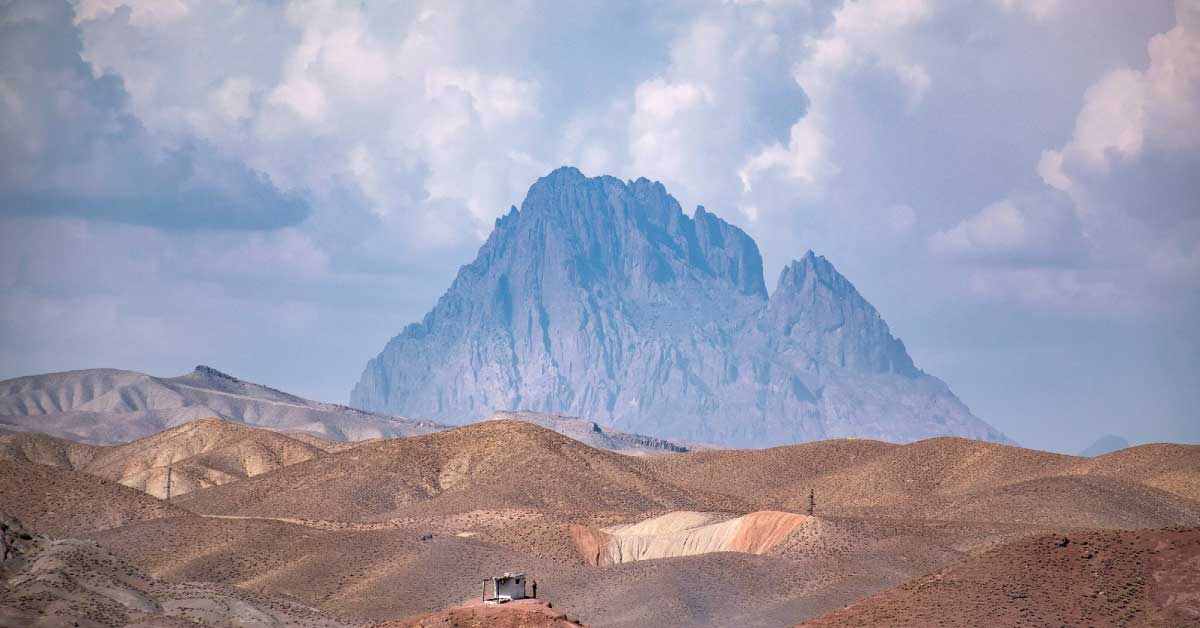2026
2026
2025-09-17

Is the Azerbaijani leadership concerned about the freedom of movement of the people of Nakhijevan? The answer is certainly no.
Since the 2020 war, Baku’s intentions to establish a direct land connection with the Nakhichevan Autonomous Republic have become more explicit and aggressive. In the context of the so-called “old” and “new” intentions, the prospect of direct overland communication between Azerbaijan and Nakhijevan can nonetheless be divided into two principal directions: external geopolitical and intra-Azerbaijani. The latter is particularly significant from the perspective of the logic of a “unified” Azerbaijani state and the need to ensure direct contacts and free movement between Nakhijevan and Azerbaijanis.
The Azerbaijani authorities, who claim to be “concerned” about bringing the population of Nakhijevan out of “isolation,” have for more than five years kept the country’s land borders, including those of the Autonomous Republic, closed. Whereas previously the people of Nakhijevan could travel to other regions of Azerbaijan through neighboring Turkey or Iran and access nearby markets, at present they have been deprived of this possibility as a result of a decision made by the Azerbaijani government. It is absurd to link restrictions on movement to the absence of a “corridor” through Armenian territory, especially given that official Yerevan has repeatedly declared its readiness to provide the necessary road for communication and operate checkpoints.
Due to Bolshevik-Kemalist agreements and subsequent historical events, Nakhijevan became part first of Soviet Azerbaijan and later of the Republic of Azerbaijan, developing a distinct political, demographic, and social profile. The Azerbaijani authorities conducted deliberate Armenophobic policy which resulted in depopulation of Armenians, and destruction of Armenian cultural heritage, and by 1988, the local Armenian population had already declined to around 1%.
Within the logic of geopolitical calculations, various powers have shown interest in Nakhijevan, viewing it as a crossroads linking key regional land routes. However, for decades the authorities in Baku have strictly isolated this autonomy, limiting its contacts with the outside world and even with other regions of Azerbaijan. The “crossroads” issue has consistently run up against the justification of the “Karabakh problem,” which has been used to explain the blockade of both Armenia and Nakhijevan.
Nakhijevan was also isolated from the outside world during the Soviet years, regarded as a kind of “secret fortress” positioned above Iran and “NATO-member” Turkey. Even for citizens of other Soviet republics, visiting the region was strictly restricted. Testimonies suggest that even after independence, the Azerbaijani government continues to exercise vigilance toward the few foreigners visiting Nakhijevan.
Since 2013, Azerbaijan has turned this region into a major military stronghold, deploying units and military equipment there. In this context, the central authorities treat the local population as direct witnesses of military movements, as a result of which the inhabitants of Nakhijevan are under the additional scrutiny of local security services. This region relies on Baku for its financial resources, while most of the essential supplies for daily life are obtained from Iran and Turkey.
However, starting in 2022, the Aliyev administration moved to curb the influence of neighboring countries by reshuffling the local political leadership and reorganizing several units, bringing them directly under central control.
This process, which in fact is the dismantling of autonomy, is unfolding alongside several regional developments, suggesting that Azerbaijan’s leadership has certain concerns about Nakhijevan. This may help explain why Baku has ignored or rejected offers to provide routes with Nakhijevan, instead threatening to establish them through Iranian territory. What stands out here is the reference to “Iranian territory,” considering that this route has always functioned and was disrupted only because Azerbaijan itself decided to close its land borders. In this context, announcements about building a new route along the right bank of the Araks River seem difficult to justify.
However, the Azerbaijan’s real intention is to establish full control over this Autonomous Republic, a goal that Ilham Aliyev is actively pursuing. For him, this could strengthen his political standing and bring economic and strategic benefits, such as securing communication routes to Turkey and Europe, preventing or controlling the “North–South” corridor, disrupting Armenia’s and Iran’s land borders, and reducing Iranian influence.
Within an intra-Azerbaijani logic, the Aliyev regime’s motives are as follows:
Despite Nakhijevan’s strategic importance, the region faces a number of social challenges that affect the well-being and quality of life of its residents. As in other parts of Azerbaijan, poverty, unemployment, and shortages of essential goods, healthcare, and other services are widespread. Due to border isolation, the people of Nakhijevan also face restrictions on access to information and freedom of movement, resulting in silencing the rights violations and cases of abuses.
The heavy presence of Azerbaijani military forces in the region also poses additional risks, including the potential for an attempted coup. Another threat is the possible entry of Islamist extremist groups into Nakhijevan, a concern even Ilham Aliyev has referenced when justifying the decision to keep the country’s land borders closed.
To date, the Autonomous Republic receives its gas from Iran, while the Igdır–Nakhijevan pipeline has yet to be constructed. It is clear that, through a direct connection, Aliyev will seek to supply the people of Nakhijevan with Azerbaijani gas, thereby diminishing the importance of the Turkish pipeline. On one hand, this keeps more than 400,000 Nakhijevan residents (470,000 according to Azerbaijani data) dependent on Baku for energy; on the other, it aims to exclude both Turkey’s and Iran’s influence in the region, both economically and politically.
Although Nakhijevan is a unique stronghold for Baku’s ruling elite, it also poses a potential threat. Ilham Aliyev, who hails from Nakhijevan, enforces an isolating policy over the region to safeguard his own authority and ensure dynastic continuity. At the same time, such measures prevent any potential political elements from flowing from Nakhijevan to Baku (as illustrated by Heydar Aliyev’s “transfer” to Baku in 1993). In this context, it is clear that the highly sought-after “corridor” serves primarily the interests of the Aliyev family and Azerbaijan’s geopolitical strategy, rather than those of Nakhijevan’s population.